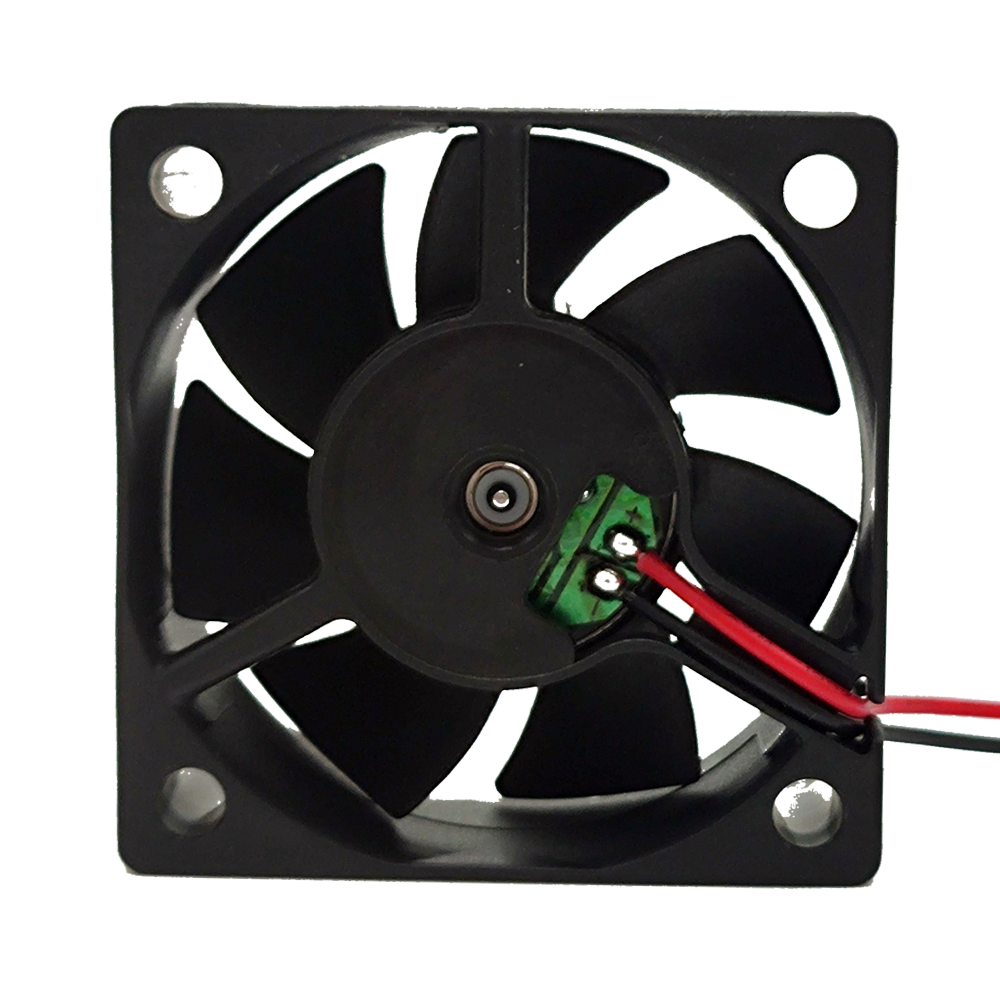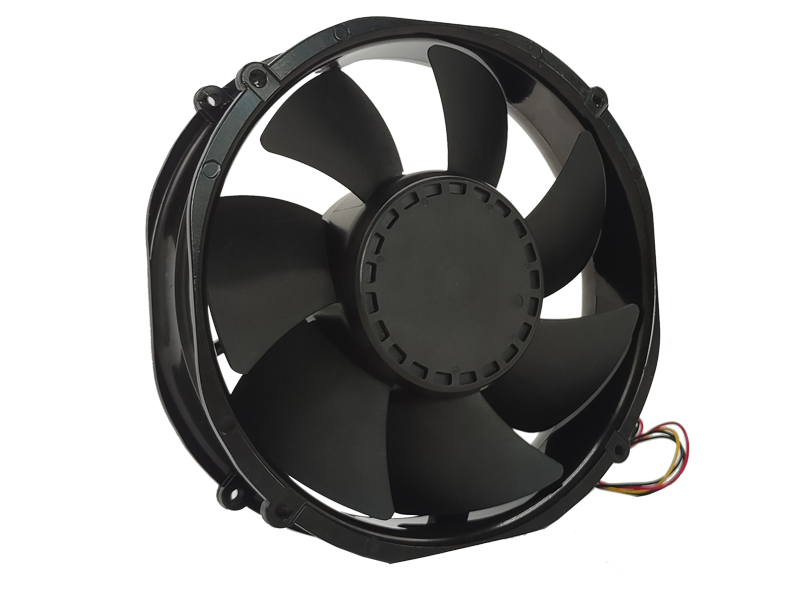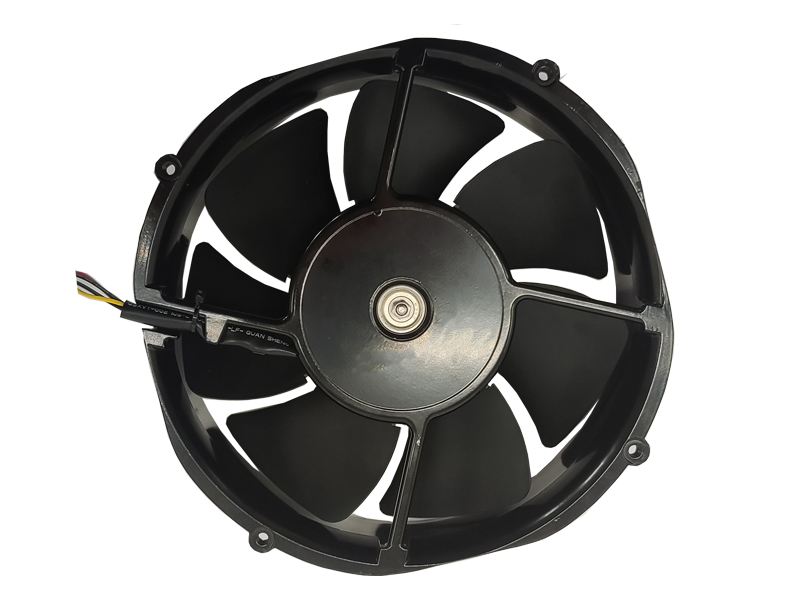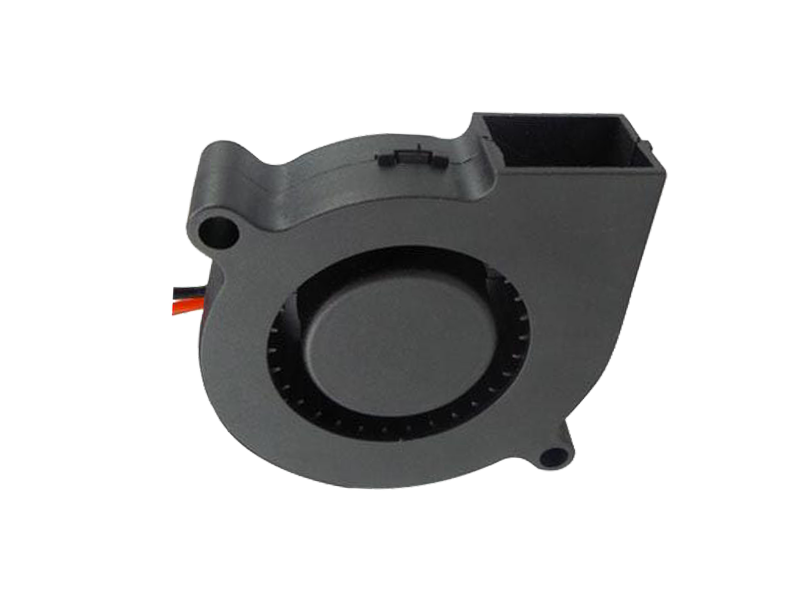Industrial fans are essential components across numerous industries, from manufacturing plants and warehouses to HVAC systems and agricultural operations. As industries continue to advance in terms of efficiency, production capacity, and environmental standards, industrial fans have also undergone significant developments to meet these evolving demands. From their early mechanical designs to the sophisticated, energy-efficient models available today, industrial fans have proven to be key to ensuring optimal airflow, ventilation, and cooling systems in various industrial applications.
The Role of Industrial Fans in Modern Industries
At their core, industrial fans are designed to circulate air in large spaces, promoting better air quality, reducing heat buildup, and maintaining a comfortable or productive environment. Their applications span across several sectors, including:
Manufacturing and Production: Industrial fans help remove heat and fumes generated by heavy machinery, ensuring that the workspace remains conducive to safe and efficient operations.
HVAC Systems: Industrial fans are a vital component in air conditioning and ventilation systems, helping to distribute cooled or heated air evenly across large spaces, such as commercial buildings or factories.
Warehouses and Logistics: These fans are used to regulate temperature and humidity in storage spaces, keeping goods and materials in optimal conditions, particularly in temperature-sensitive industries like pharmaceuticals or food storage.
The broad spectrum of applications requires industrial fans to be reliable, energy-efficient, and durable. However, just as important as functionality is their ability to cater to specific operational requirements, which brings us to the advancements that have shaped industrial fan technology over the years.
Advancements in Industrial Fan Design and Technology
Over the past few decades, industrial fan technology has undergone significant transformations. Let's look at some key design and technological innovations that have shaped the evolution of industrial fans.
1. Improved Airflow and Efficiency
One of the primary concerns when designing industrial fans is the balance between airflow and energy efficiency. As industrial processes become more energy-conscious, fan manufacturers have focused on reducing energy consumption while maintaining optimal performance. The introduction of high-efficiency motors and aerodynamic fan blades has been instrumental in improving fan performance.
High-efficiency motors are designed to consume less electricity while delivering more power. These motors have made industrial fans more energy-efficient, allowing businesses to lower operational costs and reduce their carbon footprint.
Aerodynamic fan blades are another technological improvement that helps fans move larger volumes of air at lower speeds, reducing energy consumption and noise levels. The design of the blades has become more advanced, using materials that can withstand higher temperatures and corrosive environments, further enhancing the fan's durability.
2. Noise Reduction and Vibration Control
In industrial settings, noise pollution can be a significant concern. Fans running at high speeds can generate loud, constant noise, which not only creates uncomfortable working conditions but can also contribute to long-term hearing damage in workers. Recent advancements in industrial fan design have focused on reducing noise levels without sacrificing performance.
Variable-speed drives have been introduced in many modern fans, allowing them to adjust their speed based on demand. By reducing the speed when full power is not necessary, these fans operate more quietly and efficiently.
Vibration isolation techniques have also been developed to reduce the impact of vibration, which can lead to wear and tear on fan components. Anti-vibration mounts and specially designed housings help absorb shock and prevent the spread of vibration, ultimately extending the lifespan of the fan and improving operational comfort.
3. Durability and Material Advancements
Industrial fans are exposed to extreme conditions in many settings, including high temperatures, corrosive environments, and heavy-duty usage. The materials used in fan construction must be durable enough to withstand these demanding conditions.
The use of stainless steel, aluminum alloys, and composite materials has become standard practice in the manufacturing of industrial fans. These materials are corrosion-resistant, lightweight, and capable of enduring high levels of stress.
Protective coatings have also become commonplace in industrial fan design. For example, epoxy coatings can protect fans from rust and corrosion, while thermal barrier coatings help reduce the effects of extreme heat, making fans more reliable and longer-lasting.
4. Smart Features and Automation
As industries move toward Industry 4.0, integrating advanced sensors, monitoring systems, and automation has become increasingly important. Industrial fans are no exception.
Internet of Things (IoT) connectivity enables fans to be remotely monitored for real-time performance data, such as airflow speed, temperature, and energy consumption. This information helps operators identify potential issues before they become problems and optimize performance across large facilities.

Automated control systems can adjust the fan's speed, power, and operational schedule based on real-time environmental conditions or operational demands, further enhancing energy efficiency and reducing unnecessary wear and tear on the system.
The Impact of Industrial Fan Innovation on Operational Success
The evolution of industrial fan technology has directly impacted the efficiency, sustainability, and safety of industrial operations. By adopting more energy-efficient, quieter, and durable fan designs, businesses can lower operational costs, reduce maintenance expenses, and improve working conditions. These innovations also contribute to more sustainable practices, helping industries meet increasingly strict environmental regulations.
However, the evolution of industrial fans is far from over. As industries continue to push the boundaries of performance, more advanced, intelligent, and customizable fan systems will likely emerge, offering businesses even greater control over their operations.
Conclusion
Industrial fans are no longer simple mechanical devices; they are highly specialized pieces of equipment that contribute significantly to the efficiency and success of industrial operations. With advancements in motor technology, materials, noise reduction, and smart automation, industrial fans have transformed from a basic necessity to a high-performance product critical to various industries. As technology continues to evolve, industrial fans will play an even more central role in creating smarter, more efficient, and environmentally sustainable workspaces.
Recommended Products

The main purpose:Car charging station

The main purpose:Car charging station

The main purpose:Electronic refrigerators, water dispensers, direct drinking machines, inverter power supplies
Address:No. 4137, Longgang Avenue (Henggang Section), Henggang Community, Henggang Street, Longgang District, Shenzhen
hotline:13530005572(Chen)15112579390(Li)


Welcome all friends to come for consultation and negotiation.
Copyright 2024 @ Shenzhen Youneng Xinyuan Electronics Co., Ltd.,(industrial fans,industrial blowers,axial fans,cooling fans manufacturer,centrifugal fans,ac cooling fans,dc cooling fans)